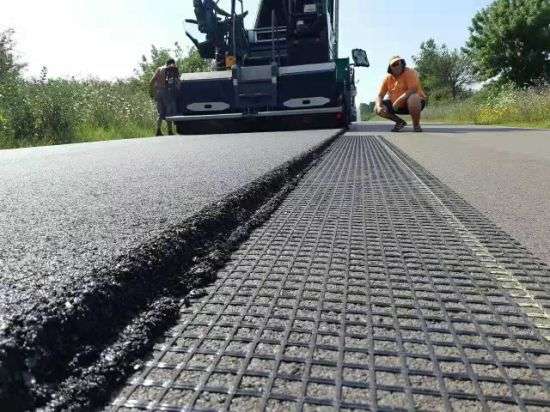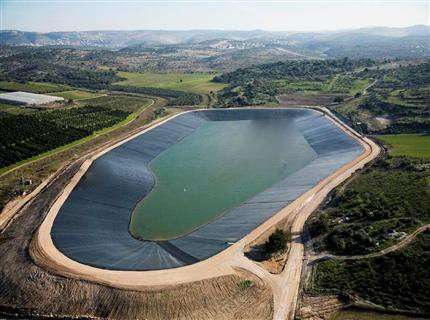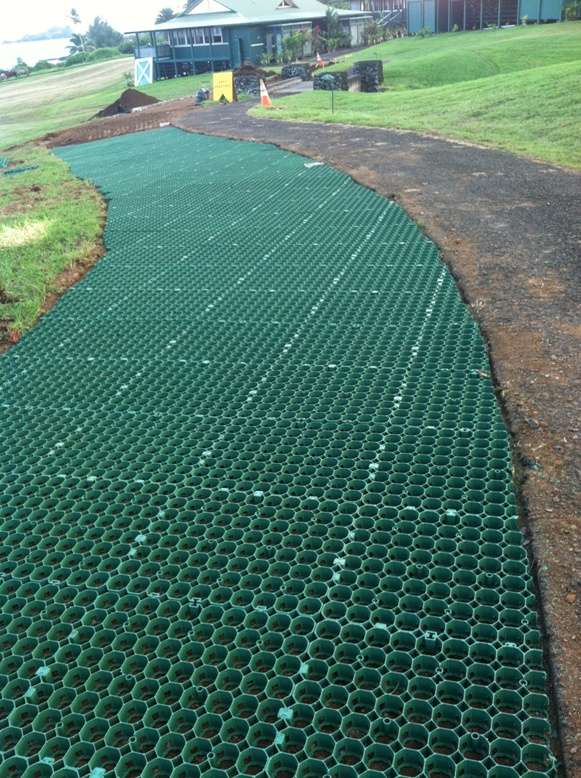
Blog

Jan 5,2023
Polyester geogrid a miraculous support
A geogrid is a geosynthetic substance that people utilize to reinforce soils and similar substances. Builders commonly utilize geogrids to support retaining walls, subsoils, or subbases beneath structures or roads. Soils pull apart due to tension. Geogrids are tensile elements introduced into grounds to ensure that they do not get weakened by tension and load beyond their capability. In a simple world, polyester geogrids improve the soil's ability to tolerate loads. A knitted polyester grid comprises a regular network of linked tensile elements composed of high-thread polyester threads with aperture geometry enough to allow crucial mechanical interlock with the surrounding soil.
How were polyester geogrids introduced?
One kind of geogrids is more textile-like and flexible, utilizing bundles of polythene-covered polyester fibers as their reinforcing part. Around nineteen eighty, a company in the United Kingdom created this kind of geogrid. This helped develop polyester thread geogrids manufactured by the textile weaving equipment. In this procedure, manufacturers gather several continuous fibers to create yarns which are woven into transverse and longitudinal ribs with huge open spaces between. The cross-overs are joined by intertwining or knitting before a subsequent covering safeguards the whole unit. This blog now discusses the significance of polyester geogrid, which will make you purchase them from a polyester geogrid provider.
Significance of a polyester geogrid
• Polyester geogrids enhance the soils' structural integrity in slopes, walls, and roadways by confining and reinforcing fill substances and dividing load forces. These geogrids are helpful for contractors, developers, and designers who face the challenges posed by soft subgrades and sloping ground.
• Polyester geogrids enable soils to stand at virtually every desired angle in grade segregation uses. In retaining slope and wall applications, builders can combine geogrids with a broad range of facing elements to make every project's desired aesthetics.
• Polyester geogrids offer support for constructing dikes, berms, highways, structure applications, and dikes that previously needed the utilization of costly piling or over-excavating methods on weak subgrades. Builders utilize polyester geogrids in base reinforcement uses to decrease aggregate thickness needs or add to roadway performance life.
Kinds of polyester geogrid
There are various kinds of polyester geogrid. Among them, people often use uniaxial and biaxial geogrids.
1 Biaxial polyester geogrids
Biaxial polyester geogrids enhance the structural integrity of roads by dividing and confining load forces. They provide support to build applications, highways, and access roads on feeble subgrades that previously needed costly replacing and over-excavating. Builders also utilize Biaxial polyester geogrids as an alternative to another geosynthetic material geocells, for building roads on even subgrades to decrease total thickness needs or/and add to roadway performance life.
Base reinforcement
Whenever constructing permanent roadways on a comparatively strong foundation, Biaxial polyester geogrids provide improved performance or decrease the thickness of road structure. These geogrids change the manner in which the base course performs functions under load. With their high tension modulus and open grid structure, these geogrids interact with and restrict base course substances just like rack limits balls in the pool game.
Subgrade enhancement
Whenever builders need to construct in feeble subgrade conditions, builders utilize biaxial geogrids to offer a stable foundation or a temporary road surface to construct a long-lasting road. Biaxial polyester geogrids function much like a snowshoe to divide loads over a broader area. Therefore builders utilize them to construct roads.
Uniaxial polyester geogrids
In grade segregation, people utilize uniaxial polyester geogrids to let soils stand at nearly any wanted angle from zero to ninety degrees. They can combine these polyester geogrids with a broad range of facing elements in retaining wall and slope applications to make the desired aesthetic or structural conditions for every project.
Polyester Geogrid reinforced soil retention walls.
Geogrid-reinforced soil retention walls provide aesthetically pleasing and affordable alternatives to traditional retaining wall systems. The polyester geogrid strengthened fill zone behind the wall facing plays the role of a uniform block or mass in making the structure and wall stable. Polyester geogrids work with a broad range of fill substances and facing elements encompassing boulders, or timbers, geogrid wraps, concrete panels, and segmental concrete blocks.
Polyester Geogrid reinforced slopes.
Polyester geogrid reinforced slopes offer an economical and natural alternative to traditional concrete retention walls. These slopes develop naturally completed slope structures that are simple to build and improve property values due to their natural beauty. Builders can build polyester geogrid reinforced slopes at every angle to offer the most affordable utilization of offered space whereas circumventing the vertical structures' increased cost.
The building of causeways, dikes, bridge approaches, fills and embankments over wetlands and soft soils conventionally involves time-consuming and costly building methods. Polyester geogrid reinforcement of these structures cuts down the fill requirements, project footprint, and differential settlement. It also helps builders save money and time.
Features of warp-woven polyester geogrids
1 High tensile strength
2 Slight elongation
3 Ageing resistance and corrosion resistance
4 Robust occlusal force with the base substance
5 Lightweight with drainage impact.







